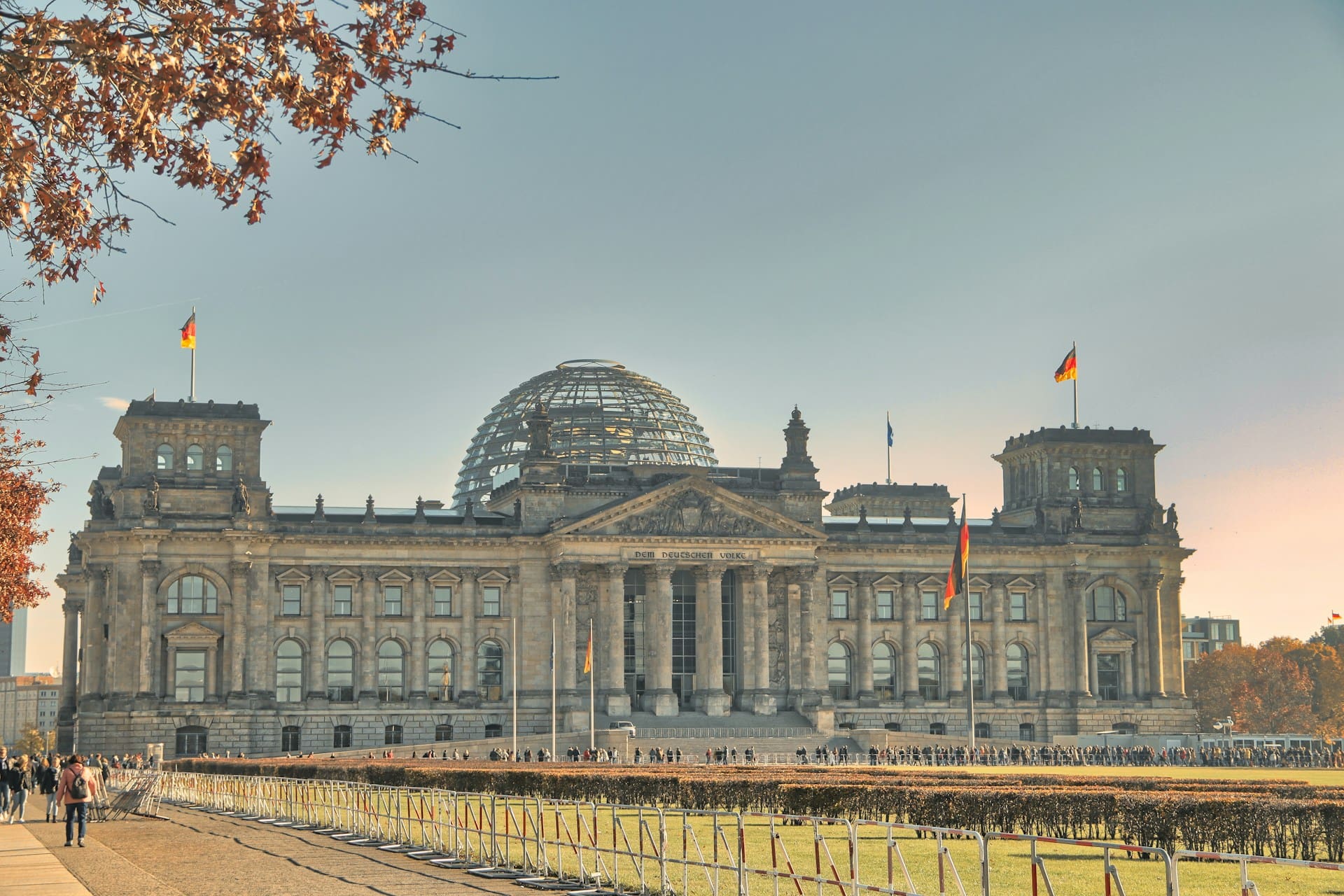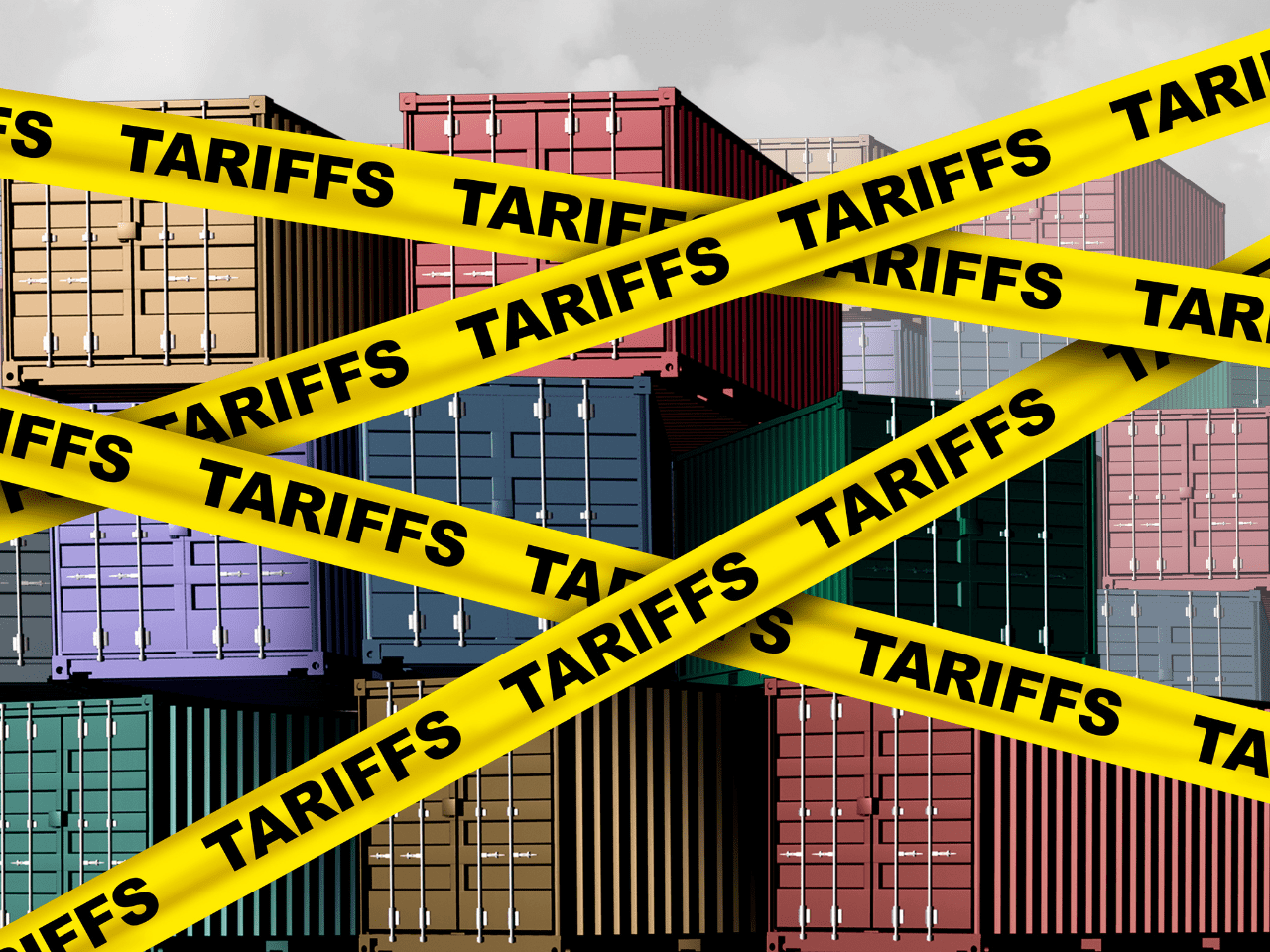As importers adjust to the enhanced due diligence requirements of the EU’s Conflict Minerals Regulation that came into force on 1 January 2021, we’ve collected some common queries from downstream supply chain companies to help you understand and comply with the new legislation.
Read our conflict minerals FAQS below:
How has Brexit affected the UK’s position regarding the EU’s Conflict Minerals Regulation?
When the UK’s Brexit transition period ended on 31 December 2020, any existing EU law was automatically incorporated into UK law (this is known as ‘EU retained law’).
As the EU Conflict Minerals Regulation did not come into force until 1 January 2021, this does not form part of the UK’s EU retained law.
However, under the Northern Ireland Protocol, EU law continues to apply in Northern Ireland, so the Conflict Minerals Regulation applies to imports (above a certain threshold as defined in Annex I of the Regulation) of tin, tantalum, tungsten and gold (3TG) into Northern Ireland.
Even though the Regulation does not apply to importers in the rest of the UK, the UK government encourages UK-based importers to comply with the OECD Due Diligence Guidance for Responsible Supply Chains of Minerals from Conflict-Affected and High-Risk Areas (the OECD guidance) which form the basis of the EU Regulation.
There is also an expectation that the UK government will propose new UK legislation that covers the OECD guidance in some form, at some point in the near future.
Regardless of the legislative position, compliance with the OECD guidance is a wider ESG issue and is increasingly expected by institutional investors, NGOs and other stakeholders.
It should also be borne in mind that any UK business exporting 3TG minerals to the EU will be required by importers to disclose information about the source of the minerals under the Regulation.
Download the Conflict Minerals Whitepaper to learn more about the new regulations.
When will the effects of the new Regulation begin to be felt?
The EU Regulation entered into force on 1 January 2021. EU Member States are expected to follow up with importers and should be enforcing the Regulation from this date.
In practice, given the number of other burdens facing customs authorities in EU Member States (including checks on import duties, trade defence measures, product safety standards and environmental issues), enforcing the new Conflict Minerals Regulations may not be their highest priority.
It will be up to policymakers and the public to ensure there is effective enforcement.
There is also the issue of discrepancies between the ways in which different Member States approach enforcement.
It may therefore take some time to see any coherent effects of this Regulation, but this does not mean importers should delay compliance.
Which industries will be most affected by the Regulation?
Any industries that import 3TG minerals (ores) or metals in their raw form will be directly impacted by this regulation (subject to the import thresholds of individual importers). This primarily affects refiners, traders and other intermediaries in supply chains operating in the EU.
Some end users will also be directly affected, such as the jewellery industry to the extent that it imports gold.
Annex I of the Regulation sets out the custom designation (CN) numbers of the impacted minerals and metals, as well as the threshold quantities for import below which the requirements do not apply. The thresholds are designed to ensure that around 95% of 3TG imports into the EU are covered by the requirements of the Regulation.
Indirectly, the biggest impact will likely be on manufacturers that use 3TG in their products and who may find their supply chains disrupted if their suppliers are obliged to modify their sourcing practices as a consequence of the regulation.
What is the situation for imports of processed/finished products containing 3TG?
This is an area where the Regulation is not entirely clear. At what point a mineral/metal becomes a downstream product is open to interpretation, depending on how much processing the mineral has undergone.
Once you get beyond the minerals and metals themselves, you are no longer under the Regulation’s definition of an importer of 3TG and therefore you are no longer subject to its requirements.
A product like a mobile phone for example, while it may contain 3TG metals, would not trigger an obligation to declare these metals as they are not intended for free circulation within the EU.
Generally, however, importers should err on the side of caution. If they are in any doubt, it is better to conduct due diligence rather than try to avoid responsibility.
This is especially true as it can be anticipated that the EU will expand the due diligence requirements within the supply chain over time.
What is the RMI and why is it relevant to the Conflict Minerals Regulation?
The RMI is the Responsible Minerals Initiative. The RMI has developed a Conflict Minerals Reporting Template (CMRT), which is a free, standardised reporting template for use by suppliers that facilitates the transfer of information through the supply chain regarding mineral country of origin and the smelters and refiners used along the chain.
The template also facilitates the identification of new smelters and refiners to potentially undergo an audit via the RMI’s Responsible Minerals Assurance Process (RMAP), which is a compliance certification scheme.
While the RMI’s tools are useful and widely used by large manufacturing businesses, there is nothing to stop unscrupulous suppliers from claiming to be RMI/RMAP-certified on their website when they are not.
Importers therefore need to check names of suppliers that purport to be certified against the RMI’s Conformant Smelter & Refiner Lists.
Are end users of 3TG minerals imported into EU Members States covered by the Regulation?
There is no obligation on downstream purchasers of imported 3TG to carry out any specific due diligence, if they are not importing the minerals/metals directly.
The Regulation is designed to encourage the provision of more information to the supply chain and enable downstream users to make informed decisions about purchasing, based on where their raw materials are sourced from.
How comparable are the responsible sourcing regulations across the EU, US and China?
The three main pieces of conflict minerals regulation in the world today are the US’ Dodd-Frank Act; the EU’s Conflict Minerals Regulation; and China’s Conflict Mineral Standard.
There is some overlap between the regulations, as all are informed to some extent by the OECD guidance.
In contrast to the US’ Dodd Frank law, which since 2010 has required all Securities and Exchange Commission (SEC) reporting companies to report annually on the use of any minerals from the Democratic Republic of the Congo (DRC) and surrounding countries (Great Lakes region) in their supply chain, EU law currently focuses on just 3TG.
The EU Conflict Minerals Regulation casts its net wider than Dodd-Frank, however, in that it covers all source countries which may be affected by conflicts and applies to all businesses importing over a certain volume into the EU (see Annex I of the Regulation).
Neither the EU Regulation nor the China standard currently cover cobalt, but a potential extension of the EU Regulation to encompass 3TG+C is being discussed.
Is asking for a statement and an audited activity plan sufficient due diligence?
Depending on your relationship with the supplier and the level of trust you have in their sourcing practices, this may be sufficient.
However, in many cases customers should also ask to see supporting evidence, such as their suppliers’ upstream transaction records, to satisfy themselves that the statement and action plan accurately reflect their actual sourcing practices.
Supply chains are often far more complicated than importers think, particularly as many use several intermediaries and/or networks of small suppliers to help them manage peaks and troughs in demand.
While many suppliers provide transparent, accurate information, this is not always the case. Importers should go back at least one step further beyond their supplier to be on the safe side.
Some suppliers have put robust processes in place that mean you can trust the integrity of the upstream supply chain, because the monitoring and due diligence they have in place has proved capable of identifying issues.
Using the RMI resources is a way of obtaining information without over-burdening your supplier, along with other relatively simple risk-mitigation methods that allow importers to develop a strong risk-management methodology.
What happens if a supplier does not declare the origin of minerals/metals?
Under the Regulation, the risk management obligations direct the importer to do the necessary due diligence and to draw the proper conclusions.
The Regulation expects importers to adapt their risk-management measures, considering their ability to influence sourcing practices and where necessary take steps to exert pressure on suppliers to increase transparency.
It is not an option to stay below the radar, so if a supplier fails to provide information, they must be prepared to draw the consequences – including the temporary or permanent loss of trading relationships with EU importers, as envisaged by the Regulation.
Does the Regulation specify the level of due diligence required?
The Regulation sets out a due diligence process based on the five steps in the OECD guidance. These are:
- Establishing a management system
- Identifying and assessing supply chain risk
- Designing and implementing a strategy for responding to the identified risks
- Third party independent auditing of supply chain due diligence
- Reporting on due diligence
How importers devise and implement these steps is open to interpretation, however the Regulation encourages companies to engage third parties advisers to help ensure the process is robust.
It is important to note that the EU Conflict Minerals Regulation is not trying to accomplish everything by itself. It is intended to allow manufacturers and consumers to make use of the transparency generated by these rules to effect change in corporate sourcing behaviour.
These FAQs were compiled by Laurent Ruessmann, competition, regulatory and trade partner at Fieldfisher Brussels; Jonathan Brooks, Head of Mining and Metals at Fieldfisher London; and Adam Whitfield, Quality Assurance & Audit Programme Manager at Achilles Information Ltd.


